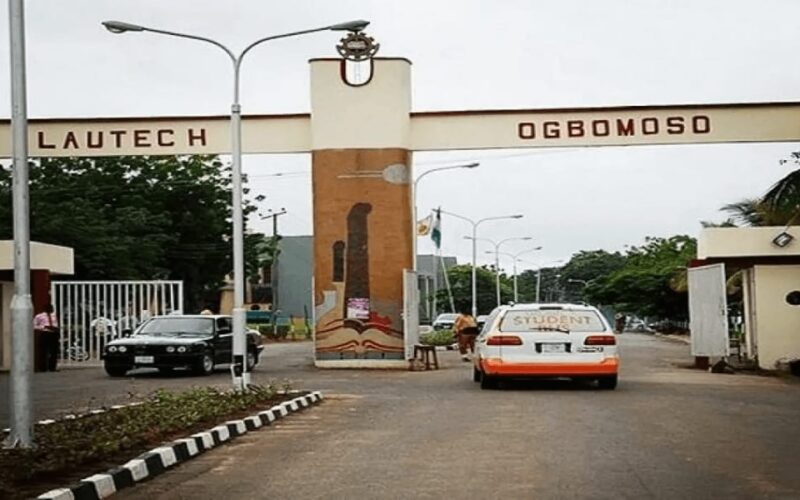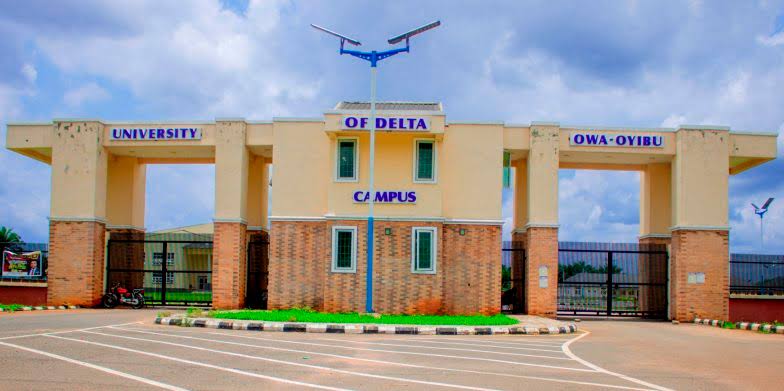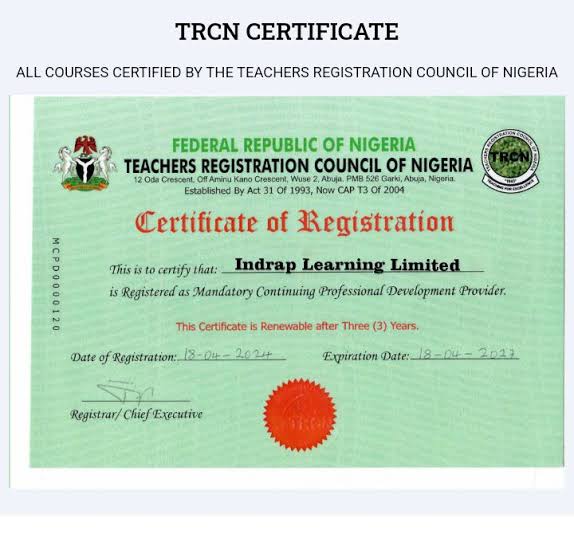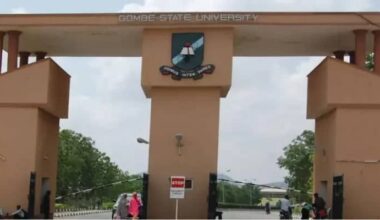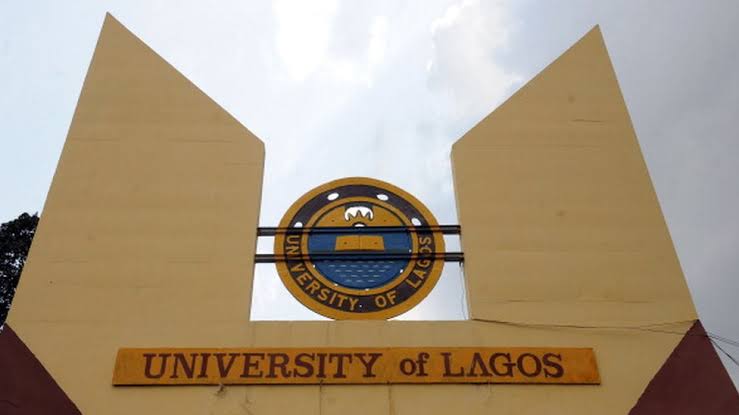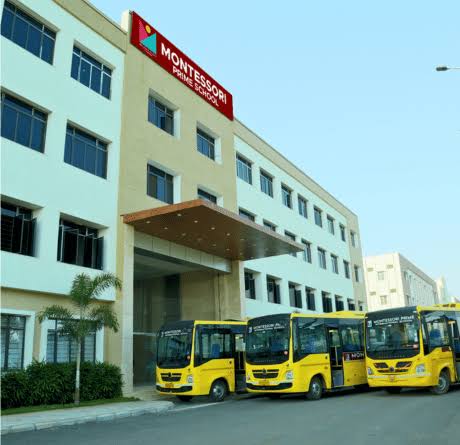The Oyo State Governor, Seyi Makinde, has announced a significant financial intervention by increasing the monthly subvention of the Ladoke Akintola University of Technology (LAUTECH) Teaching Hospital, Ogbomoso, by ₦35 million. This decision comes in response to the ongoing strike action by hospital workers, who have raised concerns over unpaid arrears, delayed promotions, inadequate welfare packages, and infrastructural decay.
The development is not only a major relief for health workers but also a strategic move by the government to restore healthcare services in Oyo State. This blog post provides an in-depth analysis of the decision, its implications for the healthcare system, hospital staff, students, and patients, and why it matters for the future of medical education in Nigeria.
Background of the LAUTECH Teaching Hospital Strike
The LAUTECH Teaching Hospital, Ogbomoso, is one of the leading tertiary healthcare and medical training centers in South-West Nigeria. However, in recent months, the hospital has been plagued by industrial unrest.
The strike was triggered by multiple grievances, including:
- Non-payment of accumulated promotion arrears.
- Unpaid minimum wage arrears covering January–August 2025.
- Poor welfare packages for staff and security personnel.
- Lack of governing council to properly oversee the hospital’s operations.
- Incomplete infrastructure projects such as the LAUTECH Teaching Hospital Annex in Oyo town.
Healthcare delivery was severely disrupted as doctors, nurses, and other health professionals joined the strike. This forced many patients in Ogbomoso and surrounding communities to seek alternative care in private hospitals, often at higher costs.
Makinde’s Intervention: ₦35 Million Subvention Increase
During a meeting with the hospital community, Governor Seyi Makinde made a series of announcements to address the crisis. Key highlights include:
1. ₦35 Million Increase in Monthly Subvention
The governor approved an additional ₦35 million monthly subvention to the LAUTECH Teaching Hospital to ease financial strain and improve service delivery. This increase will help the hospital settle running costs and improve its operational efficiency.
2. Integration of Security Personnel into Payroll
Makinde directed that 65 non-staff security personnel at the hospital be placed on a monthly stipend of ₦80,000 each. They will also be integrated into the hospital system as ad hoc staff, ensuring stability in hospital security and reducing staff grievances.
3. Payment of Promotion Arrears
The state government approved the payment of ₦219 million promotion arrears, to be disbursed in three installments between October and December 2025. This long-awaited move will boost staff morale and productivity.
4. Minimum Wage Arrears Settlement
The governor further pledged to pay minimum wage arrears for the period January–August 2025 in three tranches, also within the last quarter of 2025.
5. Governing Council Inauguration
To strengthen the institution, Makinde announced the immediate constitution of a Governing Council for LAUTECH Teaching Hospital. The council will oversee salary structure reviews, staff welfare, and infrastructural development.
6. Completion of LAUTECH Annex in Oyo
The governor also assured that the Teaching Hospital Annex in Oyo town will be completed before the end of his administration in 2027, improving access to healthcare in Oyo State.
Implications of the Intervention
1. Boost to Healthcare Delivery in Ogbomoso
With more funds allocated monthly, patients can expect improved services, availability of medical supplies, and reduced delays in treatment.
2. Staff Morale and Productivity
Timely payment of arrears and better welfare packages will likely restore confidence among staff, encouraging them to resume work and deliver quality healthcare.
3. Medical Education Benefits
As a teaching hospital, LAUTECH plays a critical role in training medical students. The intervention will enhance clinical training, research, and mentorship opportunities for medical students and residents.
4. Public Confidence in Governance
Governor Makinde’s prompt response to the crisis reinforces his image as a responsive leader committed to healthcare reforms in Oyo State.
Challenges Ahead
Despite the positive developments, some challenges remain:
- Sustainability of the Subvention: Can the government maintain this increase long-term, given other budgetary commitments?
- Trust Deficit: Workers may still be skeptical until all arrears are fully paid.
- Infrastructure Decay: Beyond funding, the hospital needs consistent upgrades in equipment, technology, and facilities.
- Effective Governing Council: The success of the reforms depends largely on how well the newly inaugurated governing council functions.
Why This Matters for Oyo State and Nigeria
The LAUTECH Teaching Hospital serves not only Oyo State but also patients from Osun, Kwara, Ekiti, and other neighboring states. Strengthening it will:
- Improve healthcare accessibility in the South-West.
- Reduce medical tourism to private hospitals.
- Provide better training grounds for future medical professionals.
- Enhance Oyo State’s reputation as a hub for healthcare and education.
Conclusion
Governor Seyi Makinde’s decision to increase the monthly subvention of LAUTECH Teaching Hospital by ₦35 million marks a significant step towards resolving the hospital’s crisis. Coupled with the payment of arrears, integration of staff, and infrastructure commitments, the intervention is a positive move for the hospital community, patients, and the larger Oyo State healthcare system.
However, for this policy to be effective, the government must ensure timely implementation, maintain transparency, and follow through on all promises. If properly managed, this could become a turning point in the history of LAUTECH Teaching Hospital Ogbomoso and a model for other Nigerian teaching hospitals.
